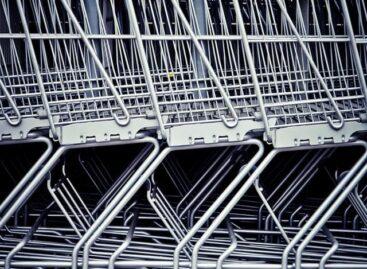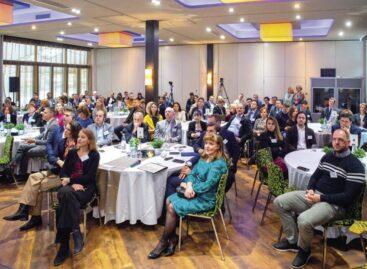What will 2018 bring? Risk analysis sector by sector
Credit insurance company Euler Hermes analysed five key sectors at the end of last year – the automotive industry, building and construction, freight forwarding, the food industry and retail trade. As for the general background: a 3.5-4 percent economic growth is forecasted for 2018 in Hungary.
Automotive industry: this is the sector that is responsible for 31.5 percent of Hungary’s industrial production and 13 percent of the country’s export, producing 10 percent of the Hungarian GDP. In 2017 Audi expanded its Hungarian production facility and Mercedes Benz Hungária Kft. plans to invest EUR 1 billion in building a new factory.Opel also came out with long-term development plans. German spare parts manufacturer Thyssenkrupp announced that they will realise production development projects in the value of EUR 135 million. Challenges in the sector include the slowing down of the EU’s economy and the lack of skilled workers.
Building and construction: in 2017 this was the fastest-growing sector in Hungary and the trend is likely to continue in 2018. The sector’s output grew by approximately 25 percent in 2017. However, we shouldn’t forget that many projects were funded by the European Union and the sector needs to be cautious as the level of EU funding will reduce. This sector is also burdened by the labour force shortage.

Freight forwarding: according to Euler Hermes, the concentration level is very high in this sector. The railway development projects that the government have announced are likely to have long-term influence on the sector. Important market players such as Waberer’s are financially stable and have the chance to grow in 2018. At the same time the situation of SMEs is getting more and more complicated. Rising crude oil prices can cause problems in 2018 as 50 percent of companies’ operating costs are fuel costs.
Food industry: it is a sector of strategic importance in Hungary. The food industry is heavily subsidised, e.g. it is enough to say that in 2017 EUR 2.4 billion worth of funding was available for agri-food and regional development projects, mainly from EU sources. In 2017 the VAT on certain product groups reduced and this step had a positive effect on sales. Kall Ingredients announced investing EUR 145 million in building a factory in Tiszapüspöki and Coca-Cola Hungary spends EUR 6.5 million on improving their logistic capacities. The sector’s biggest problems are the recurring bird flu and the incalculable weather conditions.

Retail trade: retail sales have been growing in Hungary for more than 4 years. In 2017 the sales growth was 4.5 percent. Still, market players need to cope with the ever-bigger workforce shortage and with the problem of extra costs generated by the increase in the guaranteed minimum wage (this affects about 13,000 workers in the sector). What can cause the biggest problems in the sector in 2018? Salary negotiations, strikes, changing consumption habits and the delaying of purchases already planned. //
Related news
After temporary stabilization, the outlook for the domestic food industry is uncertain again
🎧 Hallgasd a cikket: Lejátszás Szünet Folytatás Leállítás Nyelv: Auto…
Read more >K&H Analyst Commentary: What awaits Hungarian inflation?
🎧 Hallgasd a cikket: Lejátszás Szünet Folytatás Leállítás Nyelv: Auto…
Read more >K&H Analyst Commentary: Hungarian industry continues to decline
🎧 Hallgasd a cikket: Lejátszás Szünet Folytatás Leállítás Nyelv: Auto…
Read more >Related news
Circular transition more urgent than ever
🎧 Hallgasd a cikket: Lejátszás Szünet Folytatás Leállítás Nyelv: Auto…
Read more >Ads Interactive Media Group will sell the retail media platforms of Auchan Hungary Kft. stores from 2026
🎧 Hallgasd a cikket: Lejátszás Szünet Folytatás Leállítás Nyelv: Auto…
Read more >Foxfilm teaches entrepreneurs how to make videos
🎧 Hallgasd a cikket: Lejátszás Szünet Folytatás Leállítás Nyelv: Auto…
Read more >







